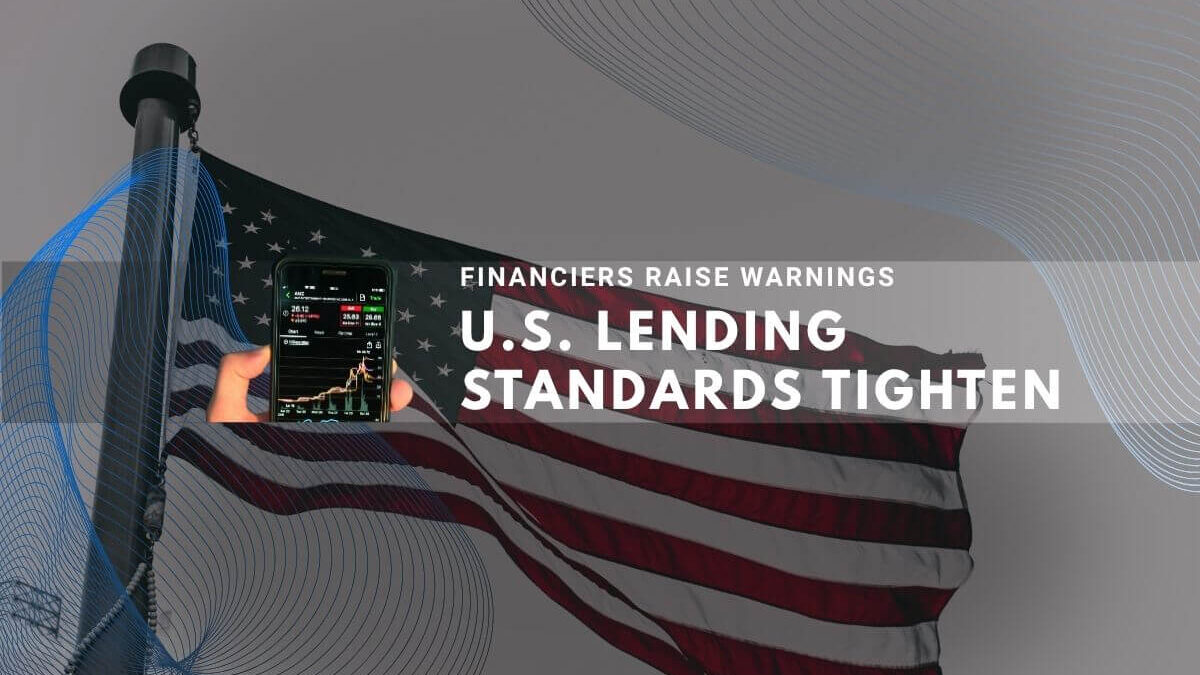Credit markets face pressure after recent auto bankruptcies, raising concerns about weakened underwriting and growing private debt risks. Analysts warn that markets face further strain as lenders seek higher yields, increasing debt risks and systemic pressure, with more risks potentially emerging across credit portfolios.
Auto Credit Failures Highlight Risk
First Brands Group filed for Chapter 11 after disclosing more than $10 billion in liabilities, prompting write-downs across banks and private debt funds. Days later, Tricolor Holdings entered Chapter 7 liquidation amid fraud probes and heavy bank exposure.[1][2]
Marc Rowan of Apollo called these events “late-cycle accidents” and blamed aggressive covenant waivers and opaque financing structures for weakened credit standards. Jonathan Gray of Blackstone noted both collapses were bank-led but said they did not reflect systemic distress.[2][1]
Market Impact and Exposures
Banks and asset managers are assessing significant losses:
| Institution | Exposure Type | Reported Losses | Source |
|---|---|---|---|
| JPMorgan Chase | Syndicated Loans | Hundreds of millions | [2] |
| Jefferies | Private Debt | Estimated $200 million | [3] |
| UBS | Auto-loan Securitizations | $150 million | [2] |
| Blackstone | CLOs and Private Credit | Mark-to-market write-downs | [2] |
| PGIM | Syndicated and BDC Loans | Under review for impairment | [3] |
JPMorgan CEO Jamie Dimon warned that “when one cockroach appears, there are likely others,” underscoring potential for further credit shocks.[2]
Private Debt Under Scrutiny
The rapid growth of private debt vehicles has outpaced transparency. Industry analysts warn that higher leverage and limited disclosure could mask vulnerabilities if economic conditions deteriorate.[4][5]
Luxury Sector Rebound
LVMH shares jumped 12 percent in Paris after reporting 1 percent organic sales growth in Q3, driven by stronger demand in mainland China. Investors cited resilience in fashion and leather goods as supporting the sector’s recovery.[6][7]
Fed’s Meeting-by-Meeting Approach
Federal Reserve Chair Jerome Powell signalled a cautious, data-dependent stance on rate cuts amid weak hiring and persistent inflation. He noted the labour market remains “mired in low-hiring, low-firing doldrums” but said incoming data will guide policy on a meeting-by-meeting basis.[8][9]
Philadelphia Fed president Anna Paulson and governor Christopher Waller both supported further quarter-point cuts to bolster employment without reigniting inflation.[10][11]
OpenAI’s Five-Year Plan
OpenAI unveiled a strategy to fund more than $1 trillion in AI infrastructure over five years. The plan includes new enterprise products, strategic debt partnerships and further fundraising to sustain computing and R&D commitments.[12][13]
The collapses of First Brands and Tricolor have focused attention on underwriting standards in both bank and non-bank lending. While financiers do not see an immediate systemic threat, rising leverage and opacity in private credit warrant caution.
